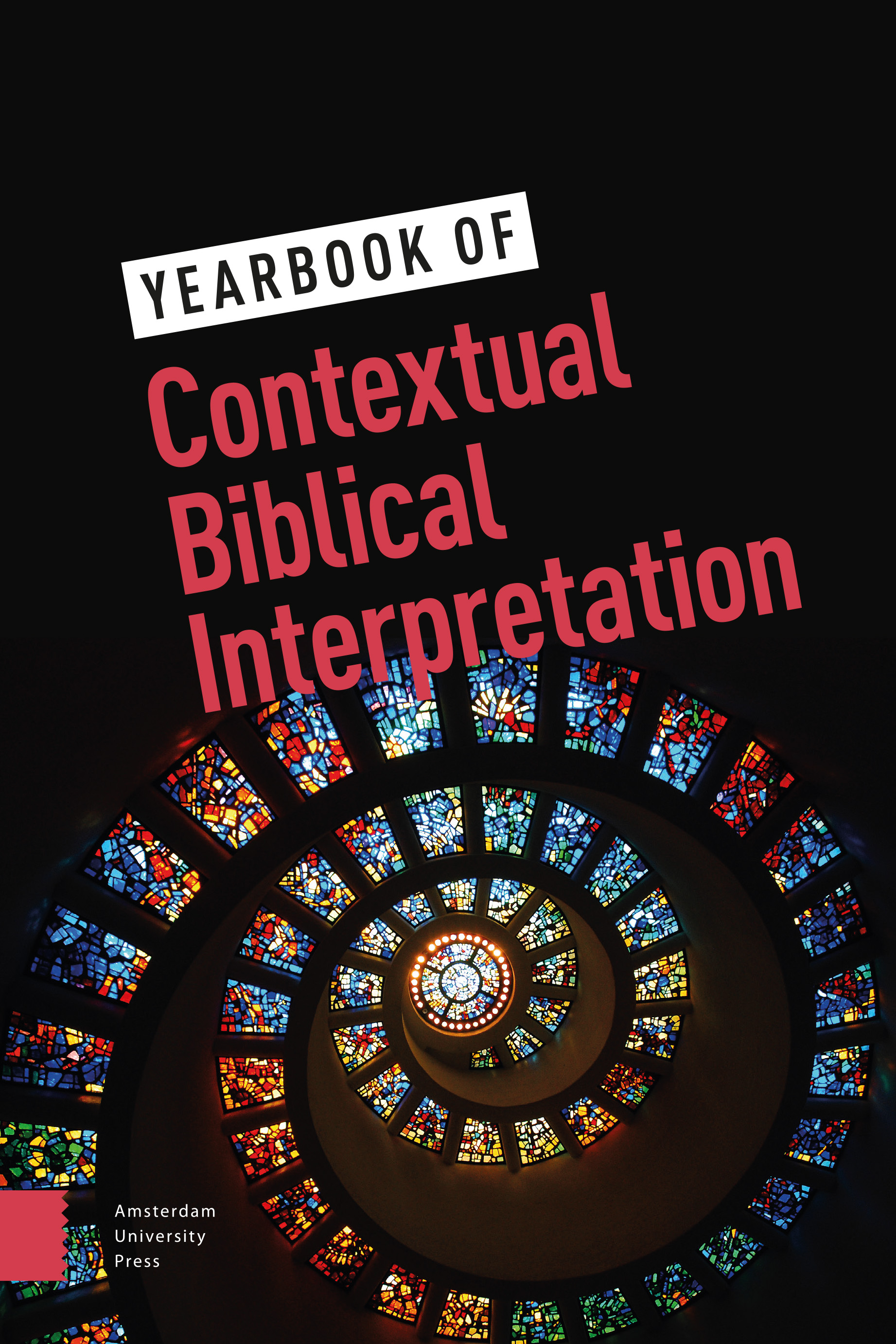-
oa “Unbinding” Children’s Roles in Philippine Catholic Religious Education
- Amsterdam University Press
- Source: Yearbook of Contextual Biblical Interpretation, Volume 1, Issue 1, Dec 2024, p. 77 - 99
-
- 01 Dec 2024
Abstract
This article employs a childist lens to critically examine the portrayal and roles of children in religious education within Philippine Catholic schools, using the narrative of the Binding of Isaac (Gen. 22:1–19) as a focal point. The study critiques how traditional educational practices in schools perpetuate a systemic silencing of children’s voices, leading to epistemic injustice wherein children are relegated to passive roles. By integrating insights from child theology and contextual hermeneutics, the research interprets the Binding of Isaac within the Filipino context, revealing how these practices inhibit children’s potential for active participation and critical thinking. The article challenges pedagogical approaches by advocating for educational strategies that balance protective instincts with empowerment. It emphasizes the need for dialogic and inclusive methods that recognize and amplify children’s voices as active contributors and co-constructors of their religious learning experiences. Ultimately, this study contributes to the discourse on child theology by offering a contextual critique of religious education practices in Philippine Catholic schools, proposing paradigm shifts that foster a more dynamic and participatory environment that honors children’s agency.



